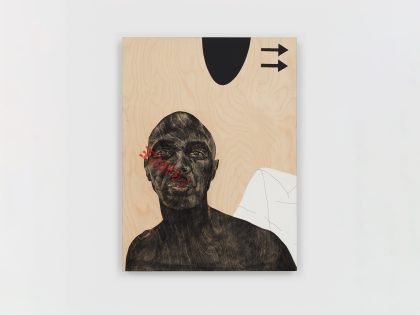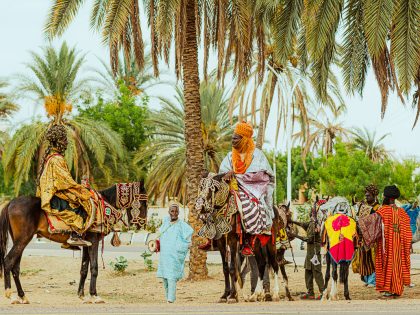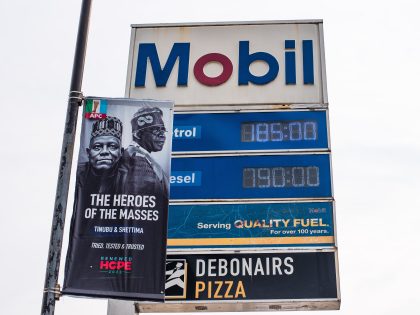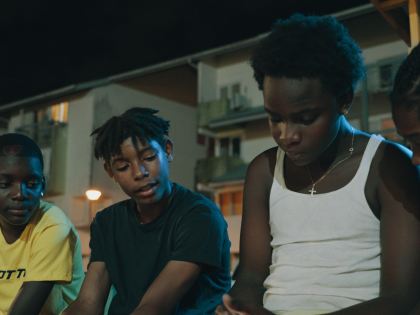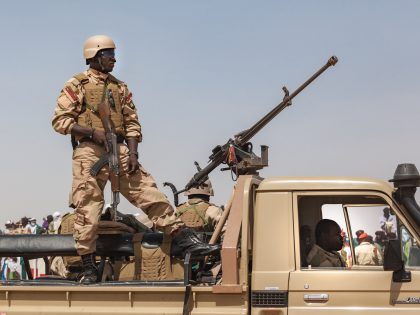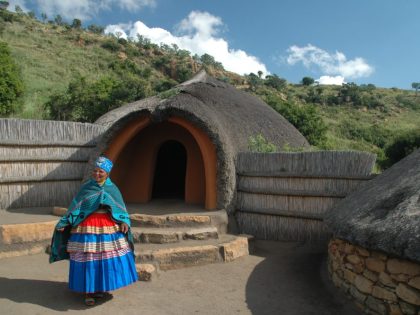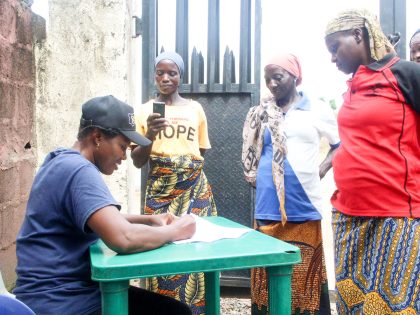The stranger among you
How does one ask the black church to offer hospitality after a white, racist stranger made the historic inner sanctum of the black community the space of death?

Dylann Roof, who murdered nine black people inside a church in South Carolina on June 17, 2015, wearing a jacket embroidered with the flags of Apartheid South Africa and Rhodesia.
One wonders what the Scripture reading was for the Bible study group at Emanuel African Methodist Episcopal (AME) Church in Charleston, SC on Wednesday evening. One day later, however, it seems that regardless of what Scriptures the Reverend Clementa Pinckney and his fellow African-American Bible study parishioners were contemplating, the figure of the stranger is inescapable. Both the Old and the New Testaments (or, the Hebrew Bible and the New Testament, according to your terminology) are clear: the stranger must be welcomed, the stranger must be treated with kindness, the stranger must be offered hospitality. Leviticus, Deuteronomy (“for you were once strangers in the land of Egypt;” 10:19), Luke and John all speak to the Christian’s responsibility to the stranger; Romans and Matthew’s Gospel (“But I say to you, love your enemy and pray for those who persecute you;” 5:43-44) mention it at least three times each.
After all, as all Christian doctrine on this matter instructs, hospitality to the stranger is imperative not only for its own sake (to be Christ-like), but also because in the figure of the stranger inheres the possibility of the stranger as Jesus-the-Christ. All Christians are called upon to act like the Samaritan who took it upon himself to attend to the traveler, a stranger to him, robbed and injured by robbers and left destitute by the side of the roads; all Christians are called upon to emulate the Samaritan and eschew the Pharisee and the priest who crossed the road when they passed the injured man, abandoned the victim to his own fate. One must only welcome the stranger, but care for him or her too – as the Samaritan did.
Dylann Storm Roof, a 21 year old white man, entered the Emanuel AME Bible study group on June 17th, 2015, and for an hour he sat amongst the African-American faithful. Roof, the stranger, different in the most important way that counts in America (he is white, they are black), from those gathered there in Christian contemplation, welcomed into the most historic black church in South Carolina. It was at “Mother Emanuel,” as the church is known, that Denmark Vesey, freed slave, prayed; Booker T. Washington, Martin Luther King Jr. and Coretta Scott King (on different occasions), spoke here. Mother Emanuel has long been perceived by white South Carolinians as a hotbed of activism, as the venue for resistance to the strictures of Southern life. But nothing in Mother Emanuel’s history could have prepared it for Roof.
After all, is the only way for the black church to protect its own to forswear Scriptural instruction? In order for the black church to keep its congregation alive must it turn away the white stranger? Can the black Christian church turn away the white stranger and still aspire to Christianity? Is there to be a new calculus, the fear of death at the stranger’s hand, for determining the cost of welcoming the stranger? What of Luke’s Gospel (10:27), then, “You shall love the Lord your God with all your heart, and all your soul, and with all your strength, and with all your mind; and your neighbor as yourself?” What kind of Christianity withholds love? What kind of Christianity forgets the racial alliances forged before, during and after the Civil Rights struggle? Does the black church, then, do what it has always done: continue to love and welcome the stranger and figure Roof as the exception?
All this perturbation caused by death, by a new form of black vulnerability, coming hard on the heels of the campaign against police brutality. Is there no end to the struggle to make black lives matter? Vulnerable on the street, vulnerable in the church basement, in which space is black life safe? In the midst of the larger issues, most pressing is the reality that for the Emanuel AME Bible study group, the cost of welcoming Roof the stranger into their space (a sacred space), for offering him a place amongst them, for accepting his presence in good faith, was fatal. African-American vulnerability to white violence while at prayer is, of course, nothing new.
We know this from the bombing of the 16th Street Baptist Church in Birmingham, Alabama, in September, 1963. This is the church where Martin Luther King, Jr. and Civil Rights activists such as Ralph Abernathy and Fred Shuttlesworth met to plan their campaign against segregation. The four girls killed, Addie Mae Collins (14), Carol Denise McNair (11), Carole Robertson (14), and Cynthia Wesley (14), were changing into their choir robes in the church basement when they were killed. Again, the basement: in the bowels of the church, that is where white violence has struck, not once, but twice in historic churches in the South. Again, the target is the historic black church.
Roof’s violence, however, is of an entirely new order. The Alabama white supremacists, led by well-known Klan member Robert Chambliss (who was charged with the crime and cleared of it, initially, and only sentenced to life imprisonment in 1977) and assisted by Bobby Frank Cherry, Herman Cash and Thomas E. Blanton, Jr, who bombed the 16th Street church did not seek to look their victims in the face. Like their political progeny Roof, they were committed to violence against black Southerners, but unlike Roof Chambliss and his crew preferred to act against anonymous black bodies. The Klansmen chose not face their victims before they detonated those sticks of dynamite. All this serves to do is provoke heinous, gruesome questions about the difference between anonymous white violence and cold blooded execution. What kind of society makes you explore these kinds of thoughts?
It is his determination (cynicism?) to avail himself of black Christian hospitality, to sit among them and survey his future victims, that makes Roof’s such a singular act, giving rise to an entirely new prospect. Is Roof the sign of white vigilante violence to come? Is Roof symptomatic of the random white figure (not the “lone wolf,” which would suggest exceptionality not symptomaticity), armed, dangerous, dispersed across the American landscape, the bearer of a historic white anger: there is no telling when any perceived threat to white domination will explode into violence against African-American, Latino, Asian . . . bodies; the body of the other will be stalked. With Roof, all blacks have, once again, been put on notice: a new white threat is possible. But, then again, it has always been possible.
Roof’s singularity can be gleaned from just the one comment – thus far – attributed to him, the one explanation – if that is the correct term – he offered for his actions: “You rape our women and you’re taking over our country. And you have to go.” Dylann Roof’s hatred for blacks blends two historic political modes, producing out of it an entirely new phenomenon: first, there is an old-style white male Southern (that is neither exclusively Southern nor male, of course) sexual anxiety which turns on a fear of black male sexual desire (rampant, in the white Southern imagination, rendered by Roof as “You rape our women”), xenotropia (fear that white women might desire black men) and, of course, miscegenation, which is grounded in the “sanctity” of white Southern womanhood. We know this in a variety of ways, but most traumatically as the lynching black men and black male adolescents – Emmett Till’s brutal murder for supposedly whistling at a white woman in 1950s Mississippi comes quickly to mind. Second, and this should perhaps preoccupy us more, is a new form of white ressentiment that is part of a volatile racist cocktail.
The ressentiment coheres, as expected, in the Obama presidency. There is no way to read Roof’s statement, “You’re taking over our country,” as anything other than the voice of white anger at the reversal of the American political order: a black president. There are, as we well know, several articulations of this – from the Birthers to Tea Party loyalists; from Republicans of several stripes (a few months ago the New York Times ran an editorial explicating the racial nature of Republican opposition to Obama) to white supremacists, be they gun rights proponents or “Constitutionalists”. No less culpable is liberal, bien pensant America, a North which is quick to absolve itself of any complicity in the ogre-like behavior of its Southern cousins. Brutal policing in Baltimore, New York City, however egregious, is rendered distinct from the likes of Roof. That both forms of violence make lives, as a matter of routine, of daily life, utterly vulnerable, is not made a part of the conversation. How often do black people have to repeat the phrase “culture of violence” in order to make immanent, imminent, opaque, the vulnerability of black life in this country? When will the work of spearheading the campaign against racism become, in the first instance, the work of those commit the violence? To be black is to be (born and to die) vulnerable; to be black is to be historically expected to lead the struggle against racism. Heads, you lose; tails, you lose (again).
Perhaps the most virulent articulation of this culture of violence and hatred is, as anyone who has ever tuned into right-wing talk radio knows, the almost lunatic anti-Obama hosts. Listening to the likes of Limbaugh (ego-maniacal pomposity), Hannity (sanctimonious dross), Beck (truly an abject man in desperate search of salvation) and Savage (he takes to the airwaves hoarse with hatred) is not for the faint-hearted. No, it is only for “true white patriots.” In fact, its ideology, in as pure, simple and belligerent a version as you’d ever hope to hear – or, not hear, as the case might be. Their critique of the president can barely disguise their racial antipathy; they are truly evangelists (they are always pontificating, they always seem to be frothing at the mouth) for a return to white male presidency (Hillary Clinton, however skeptically one may view her candidacy, is hardly spared either) and they fuel their listeners (who are already predisposed to this politics) with a kind of moral indignation and righteous anger at this unnatural order of things.
However, while Roof’s ressentiment is in many ways garden variety American, it is supplemented by a singular nostalgia. In one photograph of Roof that has been shown by networks and cable news, he is wearing a dark jacket with two distinct flags: the top one belongs to the apartheid South African. Let me digress for a moment. I watched the event unfold horrified, but I was dumbfounded when I saw the flags on Roof’s jacket. It was a violent flashback; suddenly all the realities of growing up in apartheid South Africa came flooding back. What apartheid fanatic would have dreamed that the “Vierkleur” would have migrated all the way to South Carolina? Found a deadly afterlife there? Who would have imagined that the ghosts of apartheid’s grand architects, Hendrik Verwoerd, and staunchest proponents, BJ Vorster and PW Botha, would be resurrected, with deadly force, continent away?). The bottom flag on Roof’s jacket is more dated. It is the flag of the old Rhodesia, long since dead but now resurrected for the world to see in the Carolinas. (Who would have thought that Ian Smith would find his white separatist spirit rekindled in South Carolina?) Roof’s is a historic nostalgia because while he speaks the language of native racism, he has cast his symbolic net far and wide. What kind of racism is afoot in America today that allows for the concatenation of hatred for black life, anger at a democratic political process that allows for a black president, all of which is internationalized through the display of symbols of vanquished white supremacist states in Africa. (Apparently the old South African and Rhodesian flags are now coded as “subtle” insignias of an always extant white American supremacist imaginary. Racist hatred, it would appear, is always in the business of rebranding itself; this time through giving new life to a geographically removed past that resonates ideologically. An international hatred for black people.)
Chambliss, Bull Connor, George Wallace, arch anti-Civil Rights white knights, along with other Confederate heroes, no doubt, may very well be Roof’s antecedents, but he has added a nostalgic colonialist range to his racist repertoire.
What a strange face this new racism presents to us. How new is this form of violence against black bodies. How brazen, how invasive, that it thinks nothing of spending an hour with its victims. To do what? To get to know them? How desirous of memoralization is this new violence that it will spare an Emanuel AME Bible study victim or two in order to make sure that its message is heard: “And you have to go.” How does one ask the black church to offer hospitality after the stranger has made the historic inner sanctum of the black community utterly vulnerable? Has made the space of black life, the space of death?











